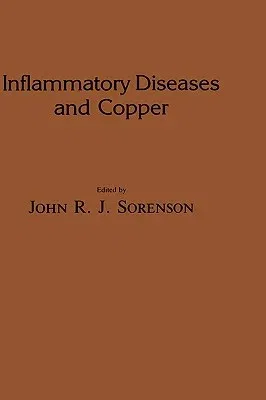John R J Sorenson
(Author)Inflammatory Diseases and Copper (1982)Hardcover - 1982, 23 April 1982

Qty
1
Turbo
Ships in 2 - 3 days
In Stock
Free Delivery
Cash on Delivery
15 Days
Free Returns
Secure Checkout

Part of Series
Experimental Biology and Medicine
Part of Series
Chesapeake Research Consortium Publication
Print Length
622 pages
Language
English
Publisher
Humana
Date Published
23 Apr 1982
ISBN-10
0896030377
ISBN-13
9780896030374
Description
Product Details
Author:
Book Edition:
1982
Book Format:
Hardcover
Country of Origin:
US
Date Published:
23 April 1982
Dimensions:
23.39 x
15.6 x
3.51 cm
ISBN-10:
0896030377
ISBN-13:
9780896030374
Language:
English
Location:
Totowa, NJ
Pages:
622
Publisher:
Weight:
1075.01 gm